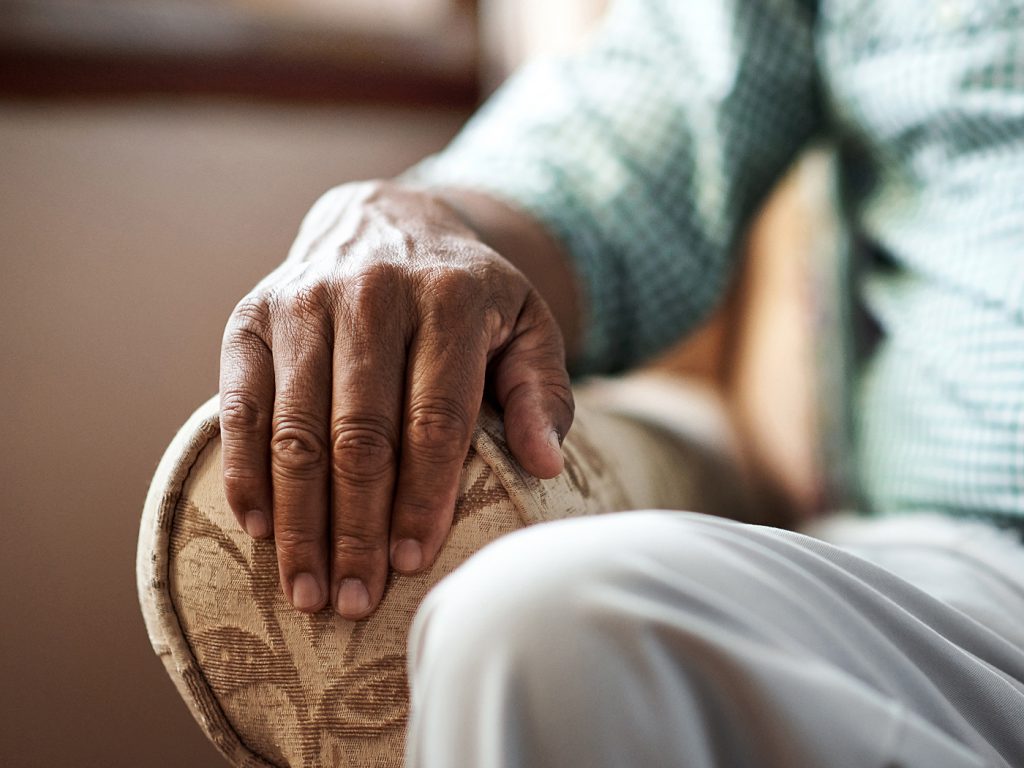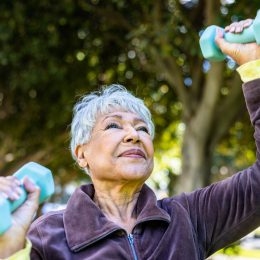Is It Sadness or Depression?
Depression is more than sadness. It’s a health condition that can be treated—so you can start feeling better.

Life isn’t always a picnic. Whether it’s the death of a loved one, a bad diagnosis, or a tearjerker of a movie, plenty of things can make you feel blue. And that’s totally normal. Even the most optimistic people in the world aren’t happy 24/7.
But if you’ve been bummed for a long time and can’t seem to snap out of it, you may start to wonder: Am I just sad, or could I be depressed? So let’s break it down.
What It Means to Be Sad
Sadness is a normal emotion that all humans experience. When you’re sad, you can usually trace the cause to something going on in your life or maybe a negative memory from the past, says Wyatt Fisher, Psy.D., a psychologist in Boulder, Colorado. Sometimes, you can also feel sad for no apparent reason. But you can still function relatively normally in your life: seeing friends, fulfilling obligations, taking care of yourself, and so on.
Another way to think about it: Sadness is like weather, says Jo Eckler, Psy.D., a psychologist in Austin, Texas. “It tends to come and go, and it can lift quickly if something positive happens,” she explains. In other words, you can snap out of it—sort of like a rain cloud moved aside by the sun.
Emotional well-being and fitness go together! With SilverSneakers, you can choose from dozens of different Community classes, visit a participating fitness location, or join one of 20+ SilverSneakers LIVE online classes. Check your eligibility here.
When It’s More Than Normal Sadness
Depression, on the other hand, lingers like a season, Eckler says. “Depression moves in and stays for a while, most of the day, every day, for weeks at a time,” she says. It can affect your mood, your physical health, and the way you perceive just about everything. Rather than an emotional state, depression is a health condition.
Signs of depression include feeling achy or tired, difficulty focusing, loss of interest in socializing or hobbies, and changes in sleep or appetite. And it doesn’t look the same for everyone. “You might find yourself not hungry at all or wanting to eat everything in sight,” Eckler explains. “You might have trouble falling asleep or staying asleep, or you might sleep for hours and hours at a time.”
You may think people with depression are tearful and mopey. But they may also be irritable, antsy, and agitated, Eckler says, becoming snappy and grumpy with others more easily. You may have intensely negative thoughts that color the way you perceive yourself, other people, and the world at large. There are even physical signs of depression, which you can learn about here.
To put it another way, when you’re depressed, you’re not just down; you may feel utterly hopeless. “These feelings are so intense that it affects the way you function and is often accompanied by thoughts or intent of self-harm,” Fisher says. If you start having thoughts of wanting to die or harm yourself, seek professional help immediately, or let a loved one know. Or call 1-800-273-8255 to reach the National Suicide Prevention Lifeline, which provides 24/7, free, and confidential support.
When to Seek Help
Even if you’re not having thoughts of death or self-harm, it’s always smart to talk to your doctor about the changes and feelings you’re experiencing so you can get the right diagnosis—and treatment.
“If you relate to these symptoms and they continue for more than two to four weeks, talk to your doctor,” Eckler says.
When you see a health professional, they often use a process called “differential diagnosis” to rule out any other causes of symptoms, says Nancy Mramor Kajuth, Ph.D., a psychologist and author in Pittsburgh. “This is used to check the symptoms of depression against other diagnoses with similar symptoms to be sure that the correct diagnosis is made.” For example, your doctor will want to determine if your lack of appetite or sleep is due to depression or some other health issue.
The Centers for Disease Control and Prevention estimates that 7 million of the 39 million Americans over age 65 experience depression—that’s nearly 20 percent of older adults. Having a chronic condition like diabetes or heart disease can increase your risk of depression.
As Kajuth explains, older adults are also more likely to be affected due to factors such as loneliness and isolation, life changes like moving out of a home, lack of energy or physical ability to do things they used to enjoy, or feeling overwhelmed with responsibilities, such as taking care of an ailing spouse, bills, and housework.
5 Ways to Start Feeling Better
Here’s the good news: Once a diagnosis is made, most cases of depression can be treated through a combination of therapy and medications. Plus, along with doctor-prescribed treatments, there are many ways you can help cheer yourself up.
Subscribe to our newsletter
It's quick and easy. You could be one of the 13 million people who are eligible.
Already a member? Click to discover our 15,000+ participating locations.
Follow Us
1. Get moving. Any form of regular exercise boosts mood and energy, Eckler explains. “It’s hard to get moving when you’re feeling down, so start with small steps and build from there,” she says. Start by standing, stretching, or taking a quick walk around your house or neighborhood. When you’re up for it, SilverSneakers classes are a great way to get active and connect with new people. If you prefer exercising solo, check out this beginner’s guide to the gym.
2. Try meditating. Research has shown that medication can improve depression symptoms, and Fisher equates the benefits of 30 minutes of meditation to the effects of one antidepressant pill. Of course, if your doctor has prescribed medication, you should continue to take it as instructed—but you can add meditation to your routine. There are plenty of apps that can help you get started, including Headspace, Calm, and The Mindfulness App. You can also look for meditation or mindfulness classes in your community.
3. Go outside. Spending time in nature can decrease feelings of depression, Fisher says. It also exposes you to sunlight, which can help your body produce vitamin D. Low levels of the nutrient have been linked to depression, but soaking up even 15 minutes of sun per day can lift your spirits in the present and over the long term.
4. Foster close relationships. Nurturing your existing relationships with friends and family is one of the best things you can do for your health. But it’s also never too late to forge new bonds. How? Sign up for a book club, volunteer to lend a hand at your local community center or place of worship, take a group exercise class, or simply invite a neighbor over for a cup of coffee. As feelings of connection increase, depression often decreases, Fisher says.
5. Practice gratitude. “Making daily lists of what you’re grateful for has been found to help lift mood,” Eckler says. Even if you’re not able to write everything down, simply thinking about it or expressing gratitude to others can help boost happiness.
Take Your Favorite SilverSneakers Classes Online!
SilverSneakers members can access live fitness classes and wellness workshops through SilverSneakers LIVE. See the latest schedule and RSVP for classes here.
Not a member? If you have a Medicare Plan, it may include SilverSneakers—at no additional cost. Check your eligibility instantly here.




